One tool with a big impact: How dbt helps Data Teams improve collaboration with clarity and accountability
13 June 2025
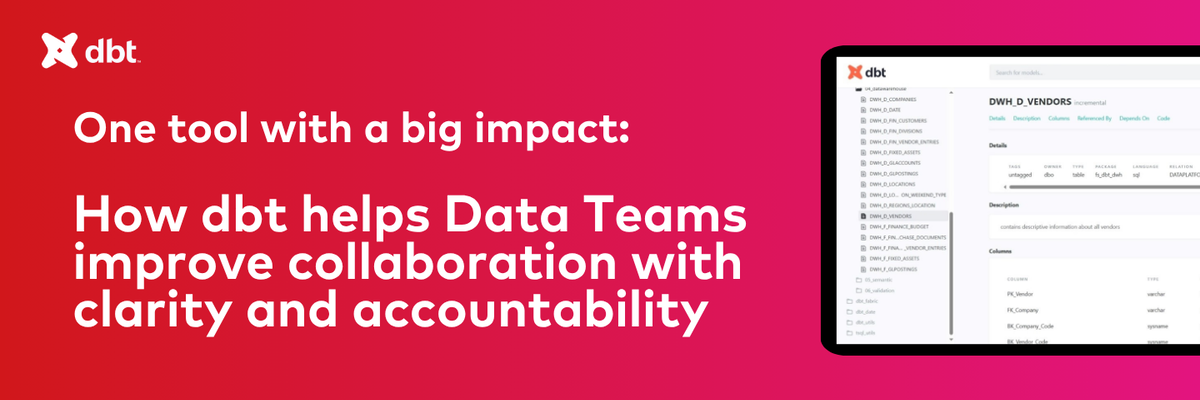
As organizations become increasingly data-driven, the pressure on data teams to modernize their analytics workflows continues to grow. Reliable, transparent data pipelines are no longer a nice-to-have, they're essential. However, many teams still work with fragmented pipelines, where knowledge is scattered across individuals. The logic is embedded in legacy tools within siloed teams. These results are as painful as they are obvious:
- Lack of transparency: It’s unclear where data comes from or how it’s been transformed.
- High maintenance costs: Small changes require deep dives into undocumented code or error-prone workflows.
- Scattered knowledge: Critical knowledge lives in individuals’ heads, and are often not documented in shared repo’s and systems.
- Slow delivery: Business users wait too long for trusted data, while data teams struggle to keep up.
Enter dbt: a free (dbt core), open-source tool that empowers data teams to manage all their transformation logic directly in the datawarehouse using just SQL. No need for complex ETL tools or vendor lock-in. If you can write a SELECT statement, you can start building with dbt. For more advanced use cases, dbt also supports Jinja templating, giving you the flexibility to add logic and automation without leaving the SQL environment.

At Datashift, we’ve helped numerous clients migrate from this tangled web to a streamlined, transparent, and future-proof setup using dbt.
Here’s why we believe dbt is a game-changer
1. One Central Place for All Your Transformation Logic
In many organizations, ETL logic is still fragmented across multiple tools, scripts and processes. This often results in duplication, high maintenance, inconsistencies, and a steep learning curve for new team members. dbt tackles these problems by centralizing all transformation logic within your dataplatform, written in modulair, easy to understand and version-controlled SQL code. This centralization makes your ETL pipelines easier to interpret, debug and scale.
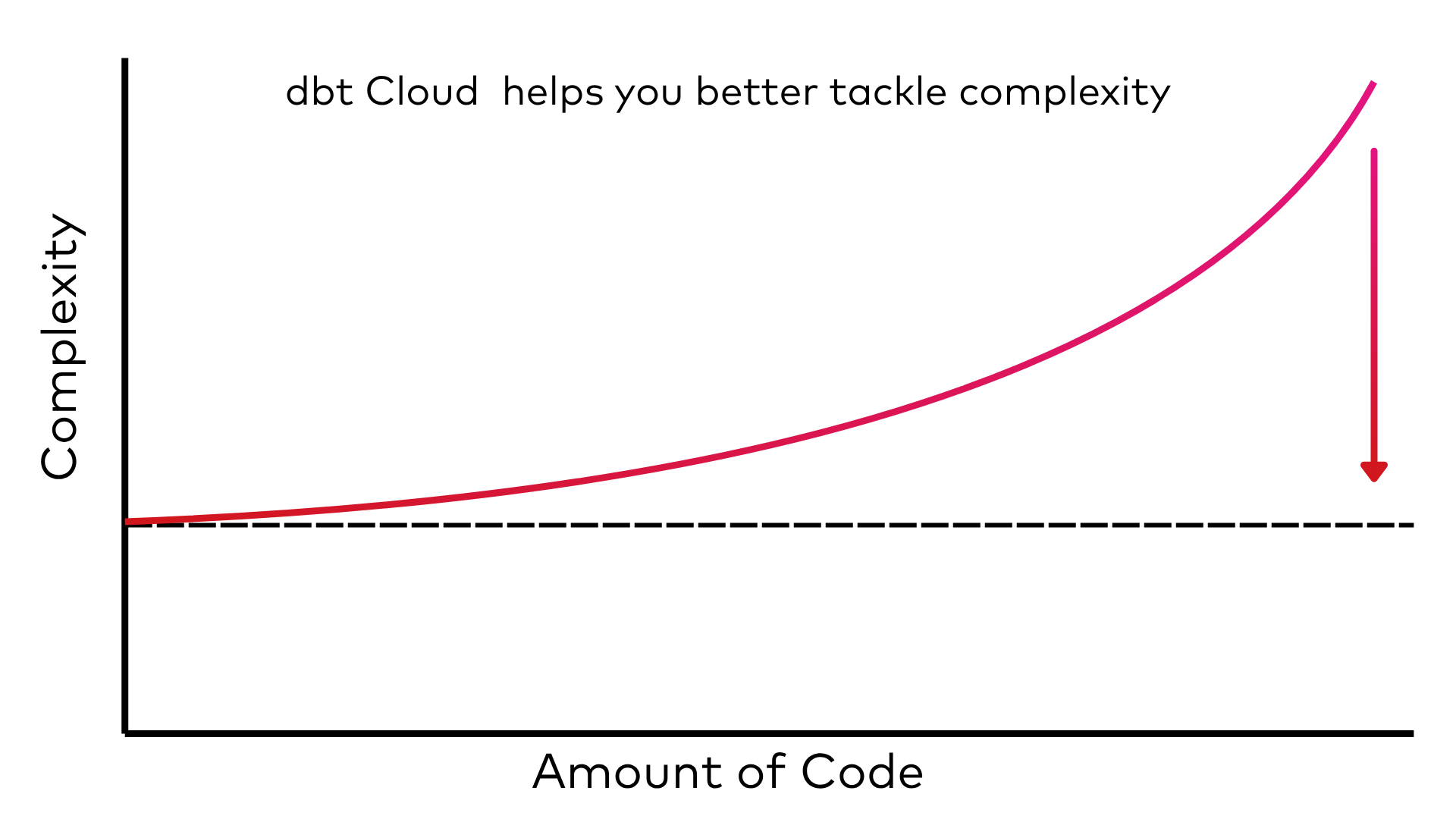
2. Making Knowledge Accessible
Too often, critical business logic lives in the heads of a few key individuals. When they leave or switch roles, it often creates gaps in knowledge and makes it difficult for others to understand or maintain the existing logic and code. dbt addresses this head-on with built-in documentation features. Every model, test, and transformation can be documented directly in the project repository.
These functionalities not only benefit the BI and data teams, but depending on your organization’s data maturity, can also enable business users to better understand where their data comes from and how it’s been transformed. It also helps create a shared understanding and consistent definitions of key business metrics in your organization.
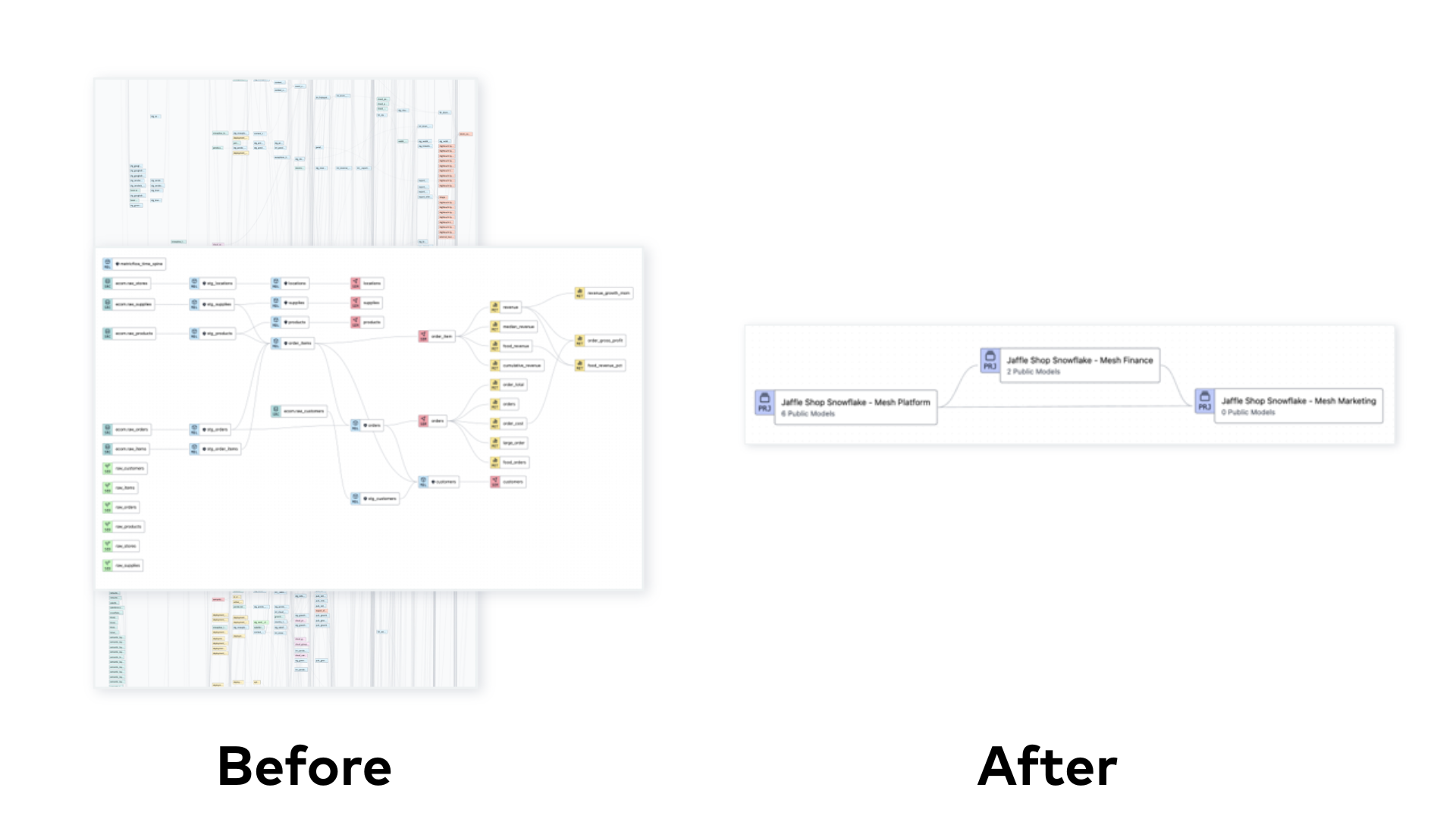
3. Supporting a Scalable, Reliable Workflow
As data teams mature and analytics projects become more complex, maintaining consistent logic and structure across models can get tricky. That’s where dbt shines, by bringing software engineering best practices to the data world:
- Unit tests and validations: Catch issues early with built-in tests for nulls, uniqueness, relationships, and custom logic.
- CI/CD integration & versioning: Automate testing and deployment of your data models, enabling faster iteration and better collaboration across teams.
- Modular approach: Break down complex transformations into smaller, reusable models that are easier to maintain and scale.

4. Visual Lineage and Documentation with dbt Docs
One of dbt’s most powerful features is dbt Docs, which provides a fully interactive, auto-generated documentation site for your entire data project. It includes a visual lineage graph that shows how raw data flows through your transformation models all the way to final outputs. This makes it easy to trace dependencies, understand the impact of changes, and onboard new team members faster.
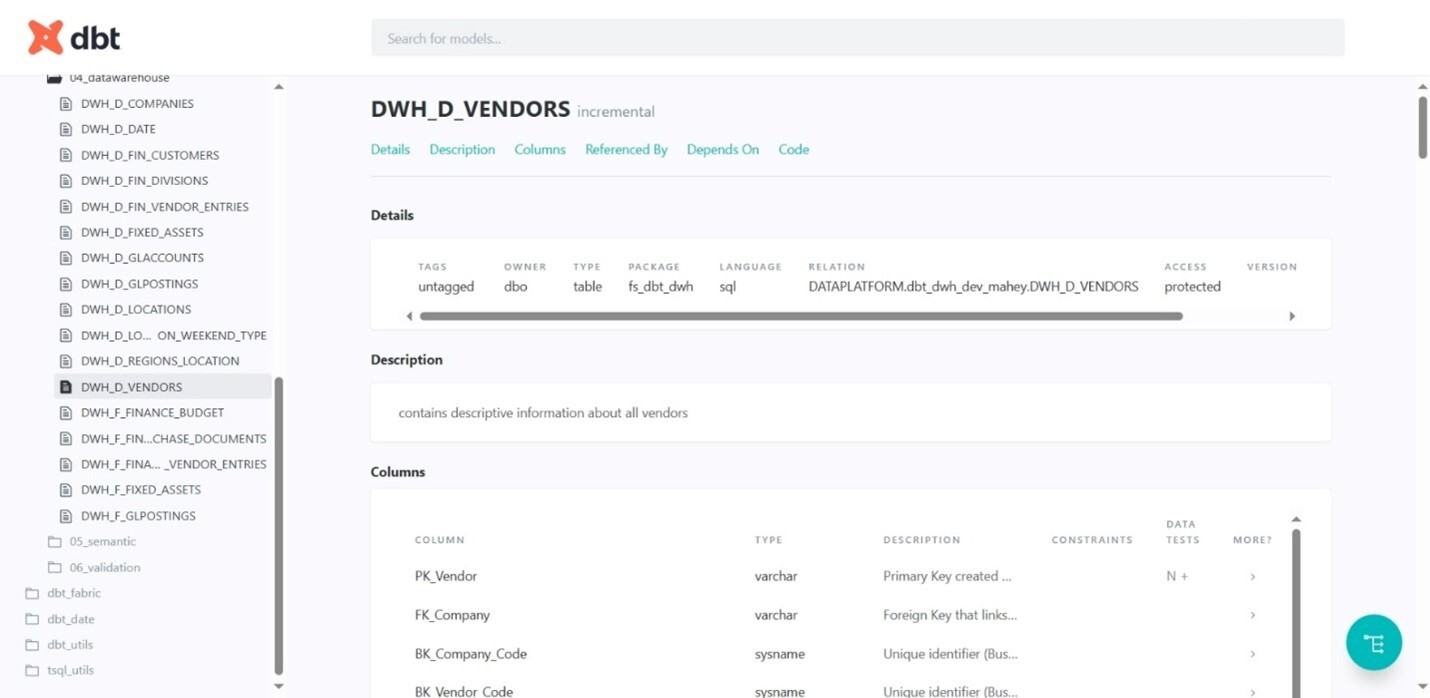
Even more, with exposures, dbt allows you to document downstream assets like BI dashboards and reports. This means you can extend your data lineage beyond the warehouse, giving both technical and business users a clear view of how data is used across the organization. It’s a major step toward full transparency and trust in your data ecosystem.
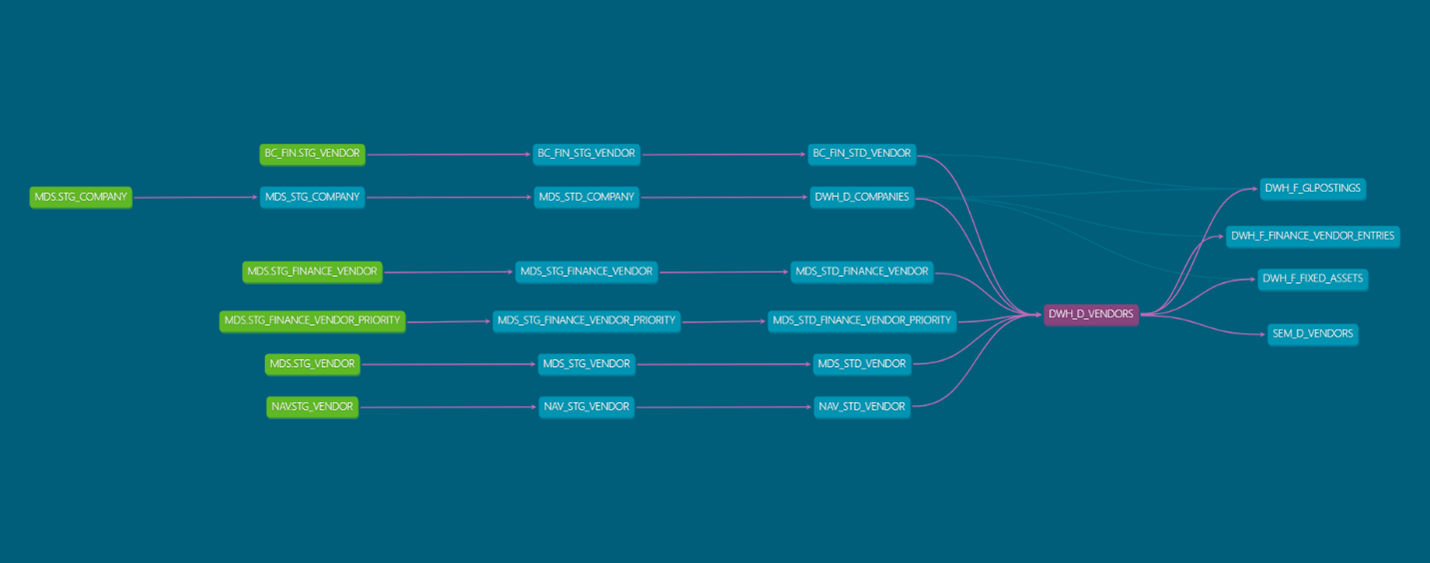
What It Means for Your Team
Migrating to dbt Core isn’t just a technical upgrade, it’s a cultural shift. It promotes transparency, collaboration, and accountability across teams. Whether you're a data engineer, analyst, or business stakeholder, dbt helps you trust your data and move faster with confidence.
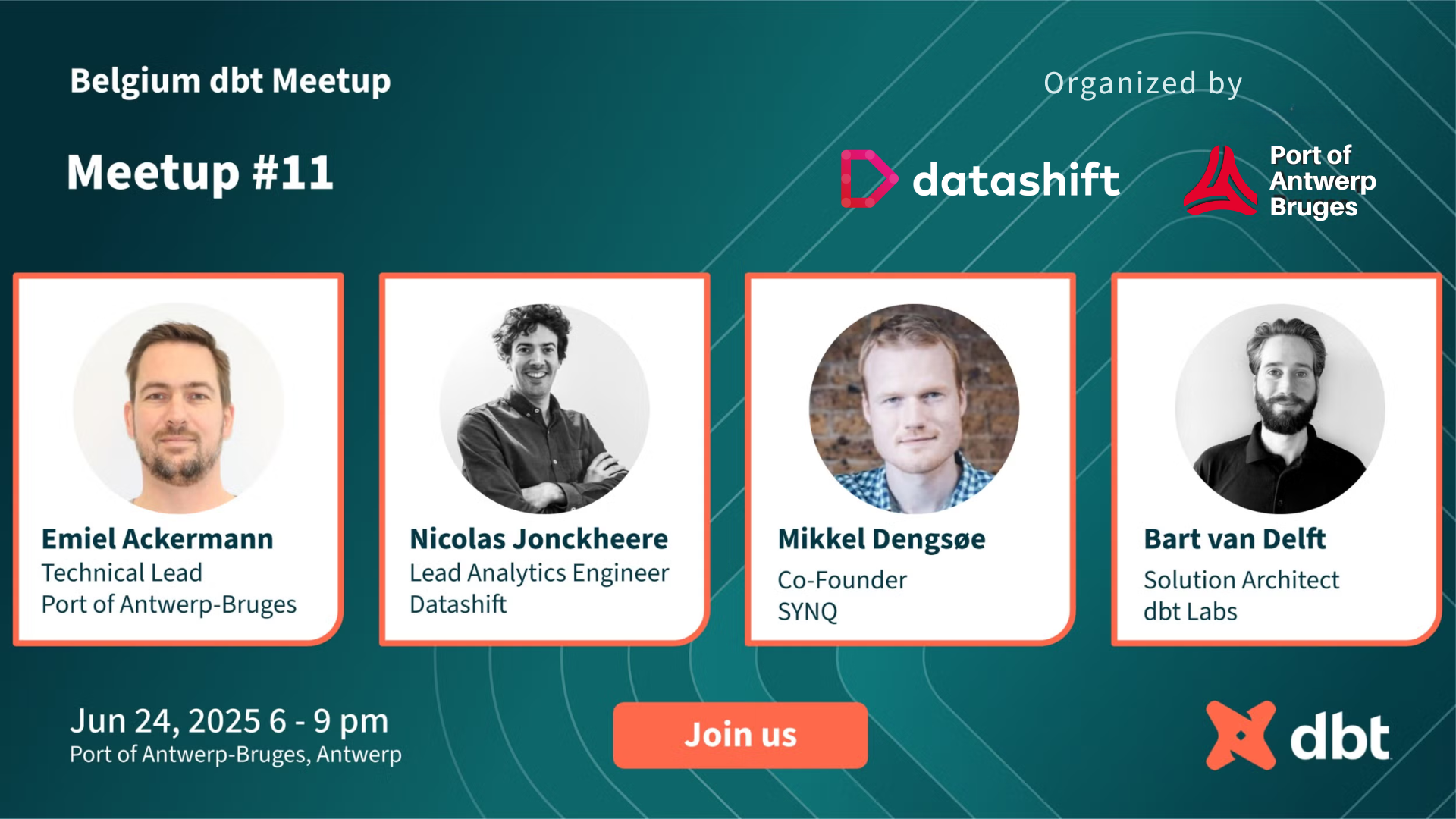
At Datashift, we’ve seen firsthand how dbt can transform the way organizations work with data. And the best part? You don’t need to adopt it all at once. Introducing dbt can be done gradually, starting with high-impact areas and expanding over time. This phased approach allows teams to focus on ROI, build internal momentum, and tailor the rollout in close collaboration with stakeholders.
Curious how dbt could help your team in practice? Let’s start the conversation.
